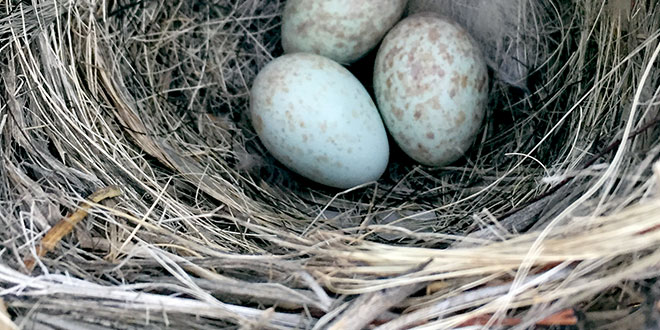The Share with Wildlife program at New Mexico Department of Game and Fish funds wildlife research, education and rehabilitation projects every year. These projects typically focus on species that are not hunted or fished and that have scarce funds available for their conservation, management and other support. For 2019, Share with Wildlife is supporting 12 new projects.
Share with Wildlife is continuing support of three wildlife rehabilitation centers, two in northern New Mexico and one in southeastern New Mexico. New Mexico Wildlife Center is located in Española and Wildlife Rescue Inc. of New Mexico is in Albuquerque at the Rio Grande Nature Center State Park. Desert Willow Wildlife Rehabilitation is in Carlsbad. All three facilities take in hundreds of injured or ill wild animals each year. Their staff and volunteers have a wealth of information regarding our state’s wildlife and what you can do to help them in the event that they are hurt.
Two education projects are being supported for 2019. These projects will include curriculum development and implementation by the Bosque Ecosystem Monitoring Program at Bosque School in Albuquerque and River Source in Santa Fe. The new curricula will focus on the biology, ecology and monitoring of Species of Greatest Conservation Need that live in riparian habitats along the Rio Grande and other rivers in the state, including the Pecos River, Rio Pueblo, Rio Santa Barbara and Santa Fe River. These curricula will involve both classroom- and field-based activities.
A key focus for education projects funded through Share with Wildlife is supplementing the science education, especially as it pertains to environmental science, that K-12 students already receive. Bosque School works with thousands of students every year, facilitating their understanding of the natural world through citizen science activities conducted in the unique bosque ecosystem along the middle Rio Grande. River Source works with students from multiple schools in northern New Mexico, including in El Dorado, Peñasco and Santa Fe, to better understand and value aquatic and riparian ecosystems by leading science-based monitoring activities in these environments.
Seven research projects will be getting underway in 2019. These projects deal with species ranging from the Peñasco least chipmunk, which is only found in high elevation areas in southeastern New Mexico, to Bendire’s thrasher, an elusive bird found in the southwestern most corner of the state. All seven projects will help inform future conservation and management actions on the part of New Mexico Department of Game and Fish and fill information gaps identified by department biologists. For example, what habitat features are important for juvenile Bendire’s thrashers and gray vireos? How are these species impacted by various land management practices in desert shrubland and pinyon-juniper woodland habitats? What is the genetic health of New Mexico’s Chihuahua chub populations and how closely related are wild chubs to those held in captivity?
 New Mexico Wildlife magazine Conserving New Mexico's Wildlife for Future Generations
New Mexico Wildlife magazine Conserving New Mexico's Wildlife for Future Generations
